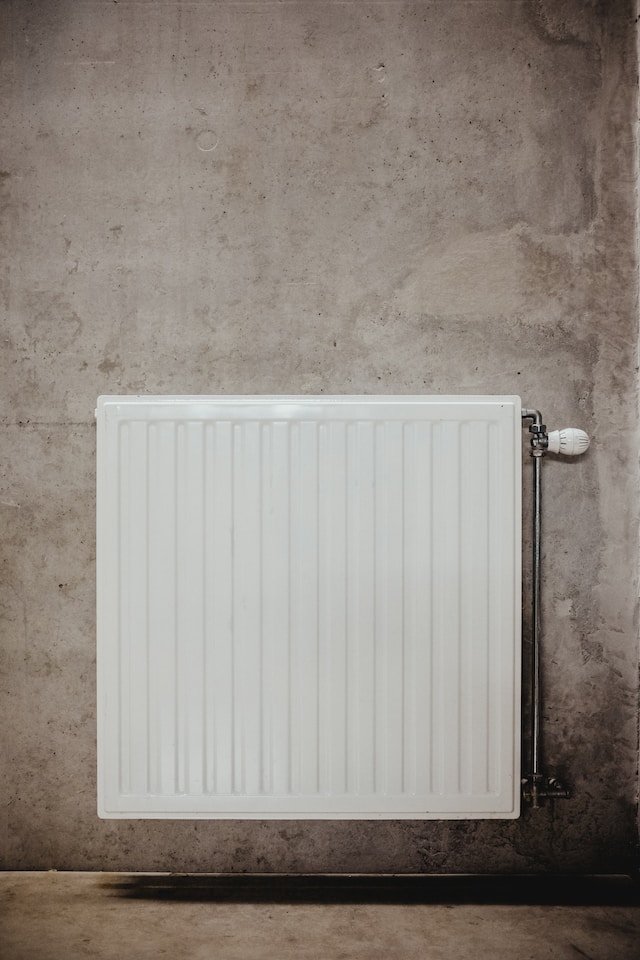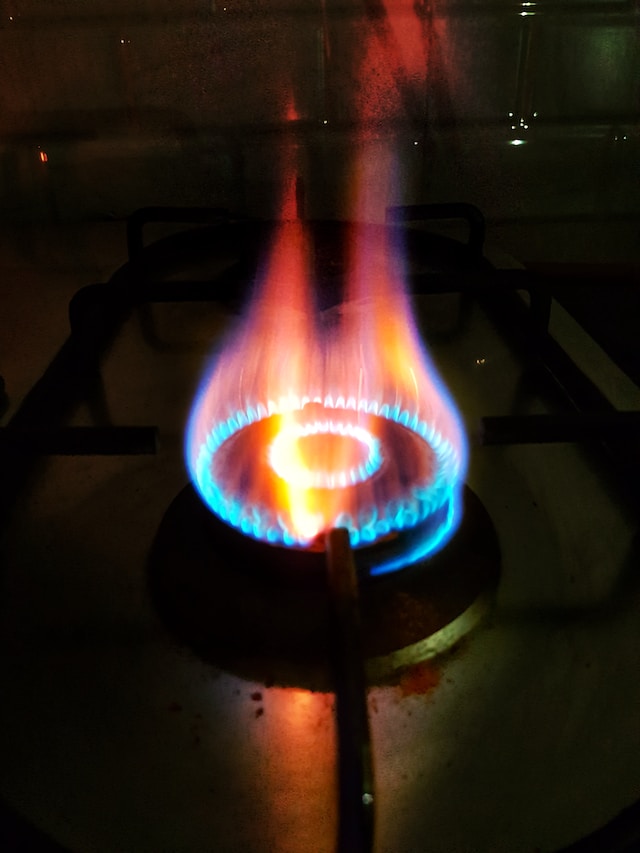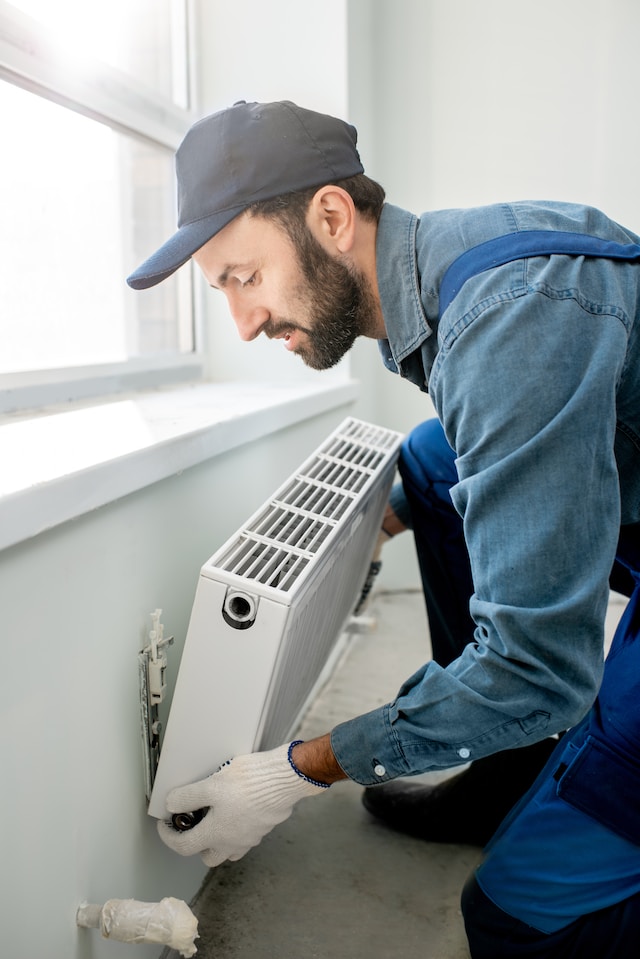A well-functioning heating system is crucial for keeping your home warm and comfortable during the cold months. However, if you notice cold spots at the bottom of your radiators, it could be a sign of an issue that needs attention.
A common reason for this problem is a blockage that hinders the proper circulation of hot water in your radiators. Fortunately, you may be able to resolve this on your own without the need to call in a professional by taking steps such as bleeding your radiator.
Warmable can help you with all your boiler needs. We will match you with a local, trusted engineer who will provide you with a free quote.
All you need to do is enter your email below and a member of our team will be in touch as soon as possible.





